Rising Demand for Telehealth Services
The App Enabled Patient Portals Market is experiencing a notable surge in demand for telehealth services. This trend is driven by the increasing preference for remote consultations and the convenience they offer. According to recent data, telehealth usage has expanded significantly, with a reported increase of over 30% in virtual visits. This shift towards telehealth necessitates robust patient portals that facilitate seamless communication between patients and healthcare providers. As patients seek more accessible healthcare options, the App Enabled Patient Portals Market is poised to benefit from this growing demand, as these portals enhance the telehealth experience by providing essential features such as appointment scheduling, prescription refills, and access to medical records.
Increased Focus on Health Data Security
The App Enabled Patient Portals Market is witnessing a heightened focus on health data security, driven by growing concerns over data breaches and privacy issues. As patient portals become more prevalent, the need for robust security measures to protect sensitive health information is paramount. Regulatory bodies are imposing stricter guidelines to ensure that healthcare providers implement adequate security protocols. This emphasis on data security is likely to influence the design and functionality of patient portals, as developers prioritize features that enhance security and build patient trust. Consequently, the App Enabled Patient Portals Market is expected to evolve, with a strong focus on integrating advanced security technologies to safeguard patient data while maintaining user-friendly interfaces.
Growing Emphasis on Patient-Centric Care
The App Enabled Patient Portals Market is increasingly influenced by the shift towards patient-centric care models. Healthcare providers are recognizing the importance of involving patients in their own care processes, which has led to the development of more interactive and user-friendly patient portals. These portals empower patients by providing them with easy access to their health information, enabling them to make informed decisions about their care. Data indicates that patient engagement through these portals can lead to improved health outcomes and higher patient satisfaction rates. As healthcare systems strive to enhance the patient experience, the App Enabled Patient Portals Market is likely to see continued growth driven by this emphasis on patient-centric approaches.
Regulatory Support for Digital Health Solutions
The App Enabled Patient Portals Market is benefiting from increasing regulatory support for digital health solutions. Governments and health organizations are implementing policies that encourage the adoption of technology in healthcare, including the use of patient portals. For instance, initiatives aimed at promoting interoperability and data sharing among healthcare providers are gaining traction. This regulatory environment fosters innovation and investment in the App Enabled Patient Portals Market, as stakeholders seek to comply with new standards and improve patient access to health information. The potential for financial incentives for healthcare providers who adopt these technologies further propels the market forward, creating a favorable landscape for the growth of patient portals.
Technological Advancements in Mobile Health Applications
The App Enabled Patient Portals Market is significantly influenced by rapid technological advancements in mobile health applications. Innovations such as artificial intelligence, machine learning, and data analytics are being integrated into patient portals, enhancing their functionality and user experience. These technologies enable personalized health management, predictive analytics, and improved patient-provider communication. As mobile health applications become more sophisticated, the demand for App Enabled Patient Portals Market is likely to increase, as patients seek more comprehensive and tailored healthcare solutions. The integration of these advanced technologies not only improves the efficiency of healthcare delivery but also positions the App Enabled Patient Portals Market for substantial growth in the coming years.





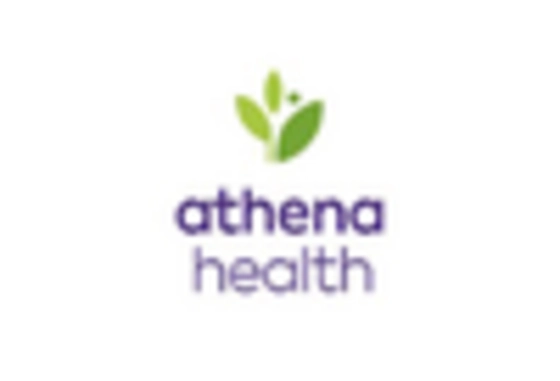
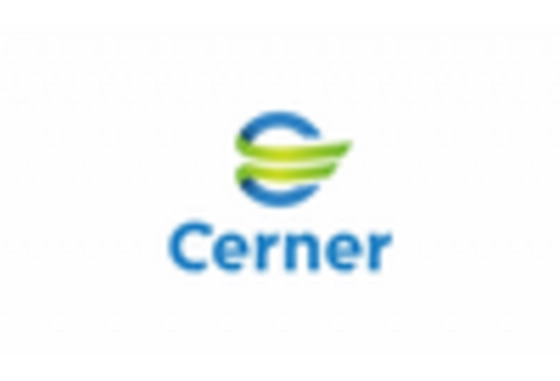
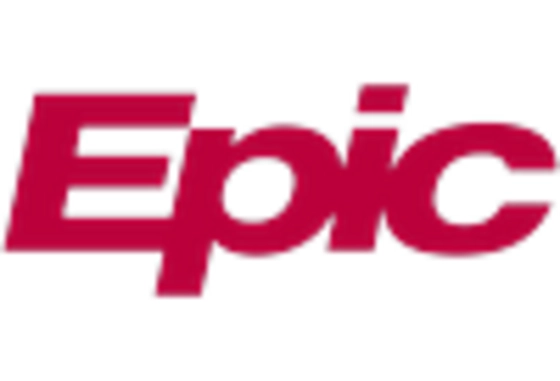
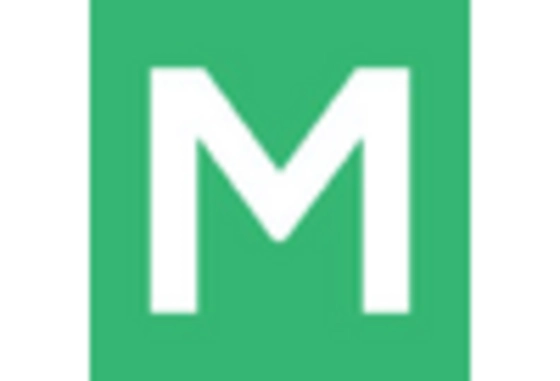
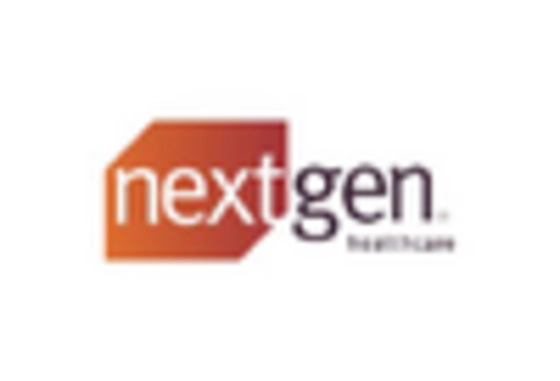








Leave a Comment